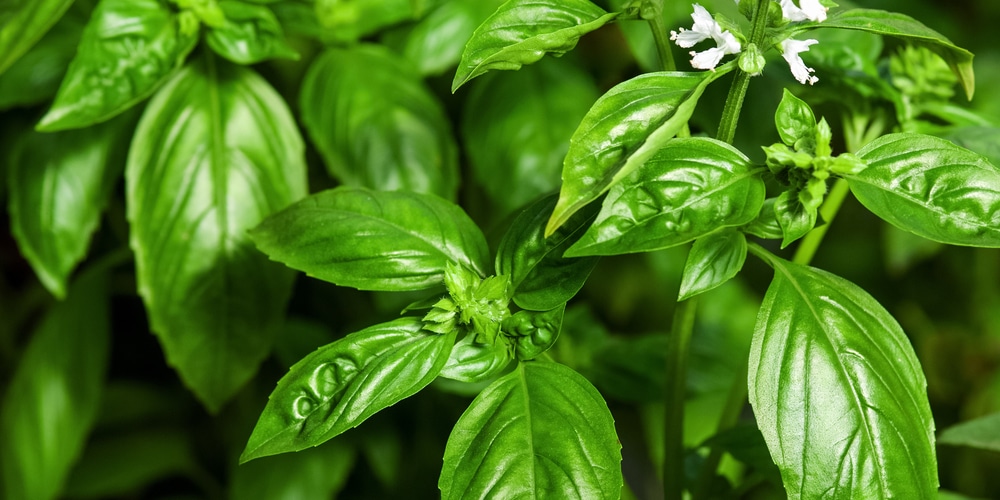If you have grown basil before, you probably know how fun it can be! If you haven’t, let’s start by saying that these delicious herbs don’t need much attention from your side: with adequate moisture, sunlight, and nutrition, they will give you voluminous harvests of leaves that can add delicate flavors and taste to your meals. This plant is versatile: it performs well indoors and outdoors. But, depending on where you live, you might have better results in one of the two settings.
Basil Environmental Requirements
If you live in a hot region, your basil plant will get all it needs from the outside. But if you live in a colder climate, you might need to move your herb indoors to protect it from low temperatures that might kill your plant.
Indeed, while many people associate this herb with the Mediterranean tradition, basil is from Southeast Asia, which explains its environmental preferences. A curious fact that might surprise you: in Asian cuisine, chefs use basil seeds rather than leaves to add flavor to their meals.
Basil is a fast-growing annual plant. Still, even with the best care, it won’t survive the winter. But the good news for people loving this herb is that it is relatively easy to propagate. What if you are trying to grow more than one plant in your garden? If you need to learn how far apart to plant basil plants, you are in the right place.
Here, we included everything you need to know to ensure your basil plants thrive in your garden (or indoors). Read on to learn how to make the most out of your herbs!
Planting Basil Plants

You can grow basil from seeds or buy a little plant at your favorite gardening store. If you are not a patient person, don’t worry: this herb grows fast! Indeed, you can get your plant going from seed to harvest in about three to four weeks (as long as you provide it with what it needs to thrive). Don’t forget to ensure the pot is of adequate size for your plant: if your basil is outgrowing its container, move it to a different one to prevent your herb from struggling to grow.
The easiest way to grow basil is to sow its seeds directly in your garden. Make sure you do so after the threat of frost has passed. If you live in a cold region, consider starting your basil indoors and moving it outside as soon as the temperatures rise. Don’t forget that basil loves direct sunlight and prefers warm environments. Only transfer your plant outdoor when the temperatures seem not to go below 70 degrees. While the sunshine is a crucial element for basil’s development, too much of it can harm your plants. If necessary, protect your basil from the harsh rays of the sun.
Besides ensuring you select a proper spot that receives plenty of sunlight to have your basil growing, you must also pay attention to how far apart to plant basil plants. Indeed, basil needs space to grow. Without it, its roots might struggle to get the necessary nutrients and water for its development. Space your basil plants between 12 to 16 inches apart to allow them not to compete for food and moisture.

Don’t forget to amend the soil with organic matter to increase the nutrient content and improve drainage. If you live in a hot region, you must pay attention to your watering schedule: these herbs don’t do well in dry soil: consider adding extra moisture to your plants every two to three days. But avoid overdoing it: always feel the substrate with your fingers and only add water if you feel it dry at about two inches deep.
If you don’t have much time to spend in your garden, you’ll be happy to learn that basil doesn’t require fertilizer. Indeed, it might be counterproductive as it might cause a bitter flavor to your plant’s leaves. Don’t forget to prune your plant to encourage dense leaf production.
How Far Apart To Plant Basil Plants: The Bottom Line
To sum it up (and to reiterate the importance of correctly spacing your basil plants), you should place your herbs at about 12 to 16 inches apart to allow them to get all the nutrients and moisture they need to thrive.
If you are growing your herbs from seeds, place them every one-third of an inch. But don’t forget that you’ll need to thin the plants or transplant them when they grow and locate them ten inches apart.
